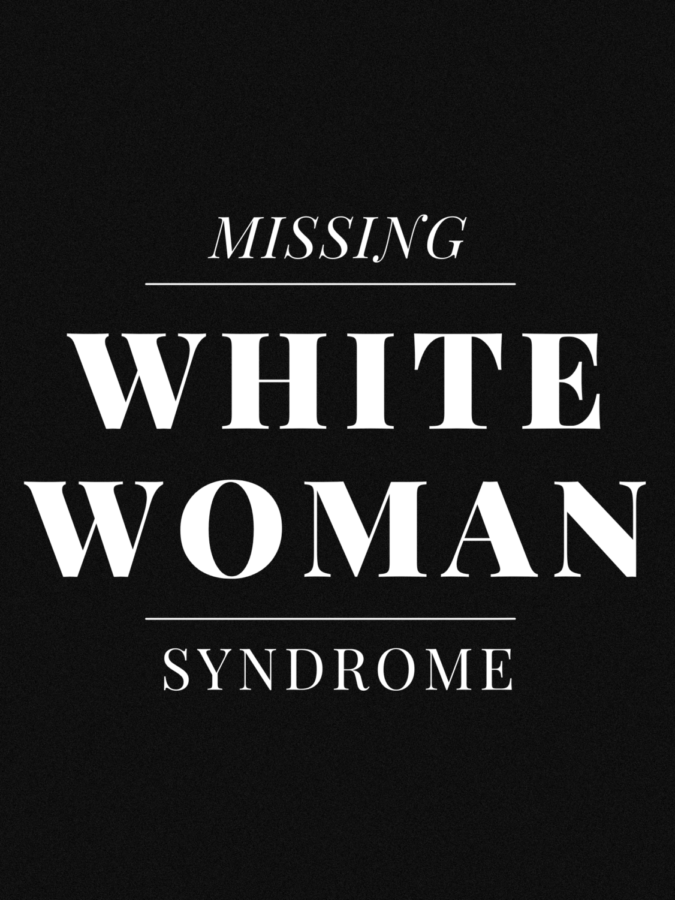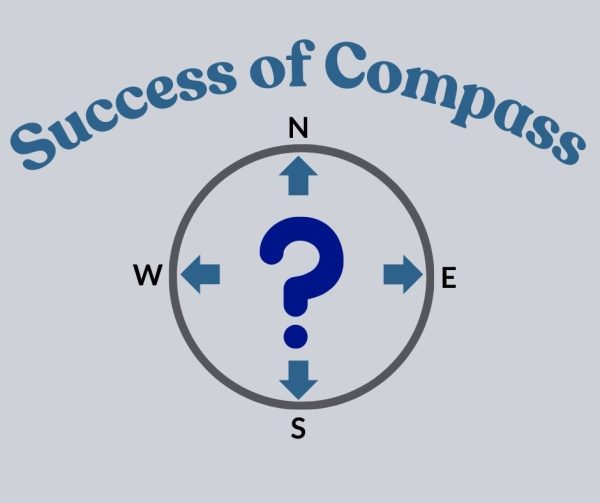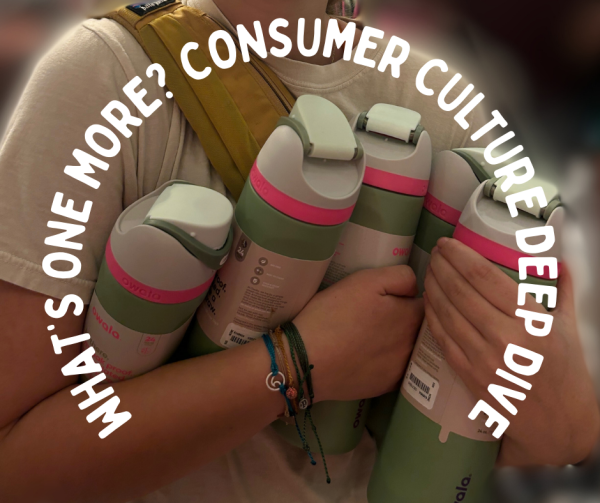“Missing White Woman Syndrome” plagues news media coverage
“Missing White Woman Syndrome” helps explain the racial discrepancies in media coverage.
December 7, 2021
For as long as news sources have existed, they have been inadequately reporting on cases involving people of color. This is far too often demonstrated in missing person cases, at first glance, it may appear as if white people just go missing at a higher rate. It may appear that way because the news is full of their stories, but looking deeper it is clear that is not the truth, the stories of these victims are simply just not being talked about. Nearly 40 percent of missing person cases are people of color, yet people of color only make up 23 percent of the United States population.
The phenomenon known as “Missing White Woman Syndrome”, refers to the immense amounts of media coverage towards missing person cases involving conventionally attractive, white, upper-middle-class women or girls and the lack of attention and awareness towards missing women who are not white or are of a lower social class. In 2016, sociologist Mr. Zach Sommers conducted a study that looked at four different media outlets’ coverage of missing person cases then cross referenced that research with the FBI’s national database of missing persons. He discovered that 45% of active missing person cases at the end of 2020 were people of color, yet only a fifth of missing person cases that were covered in the media belong to people of color.
Sommers also noted that the coverage of missing white women was much more intensely reported, meaning outlets repeatedly reported on particular cases, giving the same story multiple exposures. Sommers said, “By choosing to disproportionately highlight the experiences of whites and women, these four news websites are implicitly—or perhaps explicitly—intimating that the cases of those individuals matter more.” By choosing to disproportionately highlight the experiences of whites and women, these four news websites are implicitly—or perhaps explicitly—intimating that the cases of those individuals matter more. — Mr. Zach Sommers
There are many explanations as to why “Missing White Woman Syndrome” is happening, such as American newsrooms being disproportionately white and underrepresenting people of color on the board for coverage decisions or news outlets deciding that the stories of white women are worth more in terms of how much money it will give them based on clicks and ad revenue. At the end of the day, it comes down to the fact that this country, and all the media it produces, is built on the foundation of white supremacy, and whether consciously or not they know that the people of this society will choose the white woman over the other victims, time and time again.
Gabby Petito’s story
A recent case that highlights this phenomenon is 22 year old Gabby Petito’s murder. Her story took the internet by storm this fall as it quickly became the most talked about subject in the news and on social media. The significant attention towards Petito’s case raised questions as to why Petito’s story was so highly reported on while many other missing persons stories so easily fly under the radar.
On July 2 2021, According to police reports, Petito and her fiance Brian Laundrie departed on a road trip across the country. On Sept. 1, Laundrie returned home. Petito was not with him, her family reported her missing on Sept. 11. Laundrie fled and was reported missing by his family on Sept. 17. On Sept. 19, Petito’s body was found in Grand Teton National Park. An autopsy later revealed her cause of death to be strangulation. After a nearly six week long search, investigators recovered Laundrie’s remains on Oct. 20 in a Florida preserve. Laundrie’s family attorney says he died by suicide, though many theories are circulating the internet about where Laundrie could actually be now.
The most disturbing part of this story that often gets left out when speaking on the Gabby Petito case is that at least ten other bodies were discovered across the United States while on the search for Petito and Laundrie. The stories of many victims are overlooked in missing persons cases, and people are raising their concerns as to why this is.
The unspoken victims
One example of a missing person whose remains were found near the same time as Petito’s is Lauren Cho, a 30 year old chef from New Jersey who set out on a solo hike on June 28 and vanished. Cho’s remains were found and identified on Oct. 9. The case of Cho, a Korean American, highlights the racial disparities in news media coverage about missing persons. Cho was barely mentioned during the time she was missing, and many were completely unaware of what happened to her, whereas Petito’s name was everywhere.
While Petito’s story has been relentlessly covered by media sources over the past months, activists have also taken to social media to point out the hypocrisy in continuing to overlook the thousands of murdered and missing Indigenous women. In 2008, the Justice Department reported that native women were murdered or sexually assaulted at more than ten times the national average. Still, their cases are overlooked and ignored while nearly half of those murders remain unsolved.
Jade Wagon, a 20 year old Indigenous woman, was reported missing just one year after her older sister, Jocelyn Watt, was shot to death. When Wagon’s body was found, the investigators quickly ruled her death off as an accident, but her mother, Nicole Wagon, says she has no doubt that her daughter was murdered. Wagon’s death is a case of negligence and undoubtedly would have been given much more time and concern if she had been white. The story of this family tragedy and others like it are just as worthy of the media and FBI attention as Petito’s story, yet their names remain unknown.
While none of these survivors or families of victims believe that Petito’s story does not deserve awareness and justice, that doesn’t reduce the validity of their anger towards a system that is keeping them silenced. Understanding the concept of “Missing White Woman Syndrome” can be a good start in learning about one of the ways this racist and patriarchal society presents itself in daily life and media consumption.
There is still an incredibly long way to go towards complete racial equality in the news, but as more people continue to critique the way people of color are treated in media coverage, strides can slowly be made in the right direction towards equal representation.







